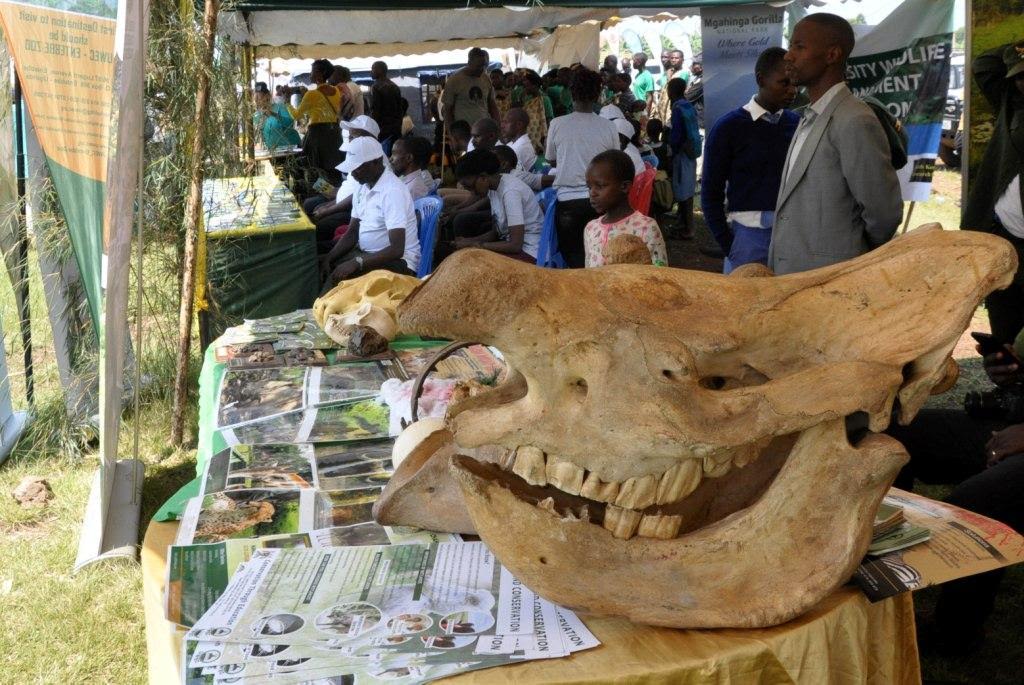Using Internet of things to fuel wildlife conservation

Harriet James @harriet86jim
For 20 years, Gautam Shah worked as an Information Technology (IT) specialist in Accenture across the US, India, Argentina, and eventually Kenya.
In Nairobi, he worked for the firm’s non-profit sector, on IT strategies for the Ministry of Finance, Kenyatta Hospital, large NGOs, and small social enterprises.
However, deep in his heart, Shah had always been passionate about wildlife and would spend a great deal of his earnings and personal time to travel the world and be with animals especially in East Africa.
“Eventually, it felt a bit empty to just personally benefit from the hard work of so many others. I wanted to use my background in IT in some way to support conservation efforts.
When I got to understand the power of the Internet of Things in connecting people all over the world to each other, to their cars, and to their refrigerators, I thought why not apply the same concept to wildlife.
If we can use technology to create a stronger connection between people and animals, then it could make a substantial difference to how people felt and acted towards them,” narrates Shah.
This passion for wildlife would later on make his quit his job to employ his techie skills for conservation.
In 2016, he founded a game company dubbed, “Internet of Elephants, a Kenyan-based startup that uses real data of wildlife to create them in an augmented reality and tell stories of the animals as well as the conservation work that protects them.
Although from the name it seems like they only take care of elephants, the work spans all animals as Shah believes, they are all equal and need to be safeguarded.

“No one wants elephants or any other animal to suffer or go extinct. I think our responsibility is to make it easier for people to express that feeling.
Right now, there are limited ways beyond pressing a donate button on a website and then forgetting about it.
Our hope is to create ways for people to feel more part of the effort,” says Shah.
Compelling stories
Internet of Elephants works with several other conservation organisations to feature their work by collecting info on conservation.
Each project has a different target audience. For instance, though they didn’t intend it, their Safari Central- which brings animals to their personal spaces, has been very popular in India, even in very rural areas and Run Wild campaign, a digital running challenge where athletes compete with a wild snow tiger, is primarily dominant in Europe.
Wildeverse, a game where a personal space is turned into a jungle, is intended for urban audiences anywhere in the world and requires somewhat modern smart phones to work, so inherently excludes some audiences.
“We’d be happy to make a game that focuses entirely on Kenyan or East African audiences, but it might be a totally different experience than what we›ve done before,” says Shah.
Instead of placing high tech tricks in the game, Shah focusses on telling a compelling story through technology.
Since gaming has an ability to connect with a wide range of audience and by partnering with the relevant organisations, his goal is to ensure more than 50 million people access his technology by 2027.
For instance, their partnership with Adidas made them deliver wildlife content through their running app, which has been downloaded by 150m people.
They have also begun partnerships with zoos which worldwide attract 800m visitors per year.
Next big project
“The key strategy for us is partnerships. We’re going to need to think along these lines and figure out the value propositions to these types of partners to achieve the reach we aspire to.
Yes, maybe we get lucky and something we create goes viral, but more likely we’ll need to focus on creating smart partnerships with organisations that already have access and reach to these levels of people,” he explains.
Sadly, the pandemic has hindered their ability to market as the organisation mostly relies on physical events and locations to get the word out on the latest projects for example at Zoos for their latest game Wildeverse or at conferences like SXSW or Earth Optimism, where they can get in front of people and show them what we›re about.
“With all of those off limits or canceled right now, we have to rely entirely on digital, which is insanely competitive,” says Shah.
Their next big project is based on a massive camera trap study in Southeast Asia. All of their work is firmly in the place of digital experiences for and about wildlife.
“Most people opt to invent application on mobile phone, but it doesn’t have to be that way.
While some use Augmented Reality, others don’t. Some are based on very hard data like GPS or camera traps, others are more observational data.
It might look like we are narrow in the space that we work in but we are flexible enough to explore the best mode through which conservation stories can be told,” he concludes.















